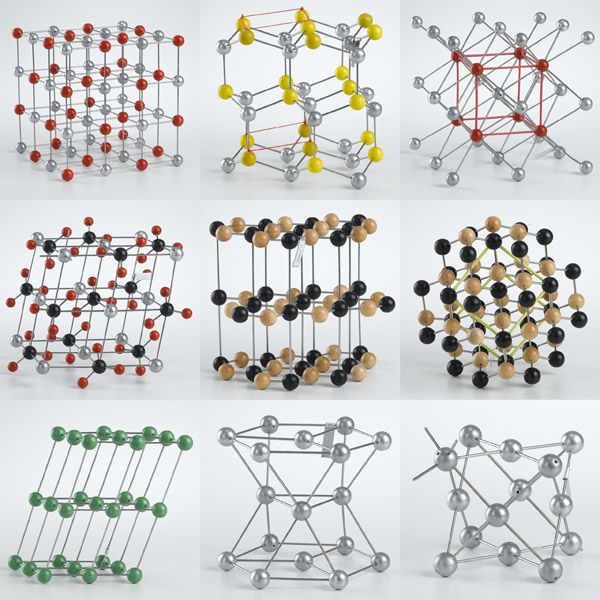

These free electrons are also known as ‘delocalised’ electrons and they are free to drift around the structure allowing positive ions to form. Within this lattice, there are free electrons in the outer shell of the metal atoms. When atoms of metals are closely packed together, they create a regular shape which we call a giant metallic lattice. Silica is also used in the formation of glass. Tetrahedral arrangement of atoms in Silicon Dioxide | Mathsmadeeasyĭue to the tetrahedral structure, silicon (IV) oxide is very hard. Like diamond, atoms in silica are also arranged in a tetrahedral geometry. This tetrahedral geometry makes diamond the hardest material in the world! You can read more about diamond here.Īnother example of a giant covalent structure is silicon (IV) oxide, also known as silica. Each carbon atom makes 4 single covalent bonds with 4 other carbon atoms.Ĭarbon atoms arranged in tetrahedral geometry in diamond | Tutormyself In diamond, carbon atoms are arranged in a tetrahedral structure. This is because of the difference in the lattice structure of the two compounds. Diamond and graphite both are made completely of carbon, but have completely different properties. Graphite is a unique material with some very interesting properties and uses, which you can read more about here.ĭiamond is yet another allotrope of carbon, and a giant covalent structure. There are weak intermolecular forces between layers (shown by dotted lines in the figure). Each carbon atom makes 3 single covalent bonds with 3 other carbon atoms. The bonds shared by carbon atoms in a layer are strong covalent bonds. Look at the lattice from above - you'll see that molecules on the right and left side of the cube are aligned in the same way, while those in the middle are aligned the other way. Lattice of iodine can be a little hard to visualize even with an image. A face centric cubic lattice is a cube of molecules with other molecules on the centre of the faces of the cube. Iodine molecules arrange themselved in a face-centric-cubic lattice. Iodine is another simple molecule with its molecules arranged in a crystal lattice. H 2O molecules in ice arranged in a crystal structure | Azimuth The red circles are oxygen atoms, and the yellow circles are hydrogen atoms. Did you know that water expands when it freezes? That is because the water molecules get more space between them when arranged in a crystal structure than in liquid state. When water freezes, the H2O molecules arrange themselves in a crystal lattice structure. These rings form a spherical structure.ĭiagram representing buckminsterfullerene (C 60). There are total 60 carbon atoms in buckminsterfullerene (C 60) which are arranged in 20 hexagonal rings, and 12 pentagonal rings. Some examples of simple molecular lattices would be iodine, buckminsterfullerene (C 60), and ice.īuckminsterfullerene (C60) is an allotrope of carbon, which means its molecules only consist of carbon atoms. The difference between them is that the electrostatic attraction holding giant structures together is stronger than the electrostatic attraction holding simple structures. There are two types of structures that can contain covalent bonding: giant covalent structures and simple covalent structures. The ions are packed together in a cubic shape with the negative ions being larger in size than the positive ions.Ĭovalent bonding is the strong electrostatic attraction between two positive nuclei and the shared pair of electrons between them. In the lattice of sodium chloride, the Na + ions and Cl - ions are all attracted to each other in opposite directions. They are referred to as “giant” as they are made up of large numbers of the same ions arranged in a repeating pattern.Īn example of a giant ionic lattice is sodium chloride, NaCl. These compounds can be arranged in giant ionic lattices called ionic crystals. Ionic bonding, therefore, involves strong electrostatic forces forming between oppositely charged ions in a lattice structure. Non-metals, on the other hand, become negatively charged by gaining electrons. This causes metals to become charged by losing electrons, forming positively charged ions (cations). You may remember from our articles on Bonding that Ionic Bonding occurs via the transfer of electrons from metals to non-metals. Types Of Lattice Structures Giant Ionic Lattice

Reaction Quotient and Le Chatelier's PrincipleĪ lattice is a three-dimensional arrangement of ions or atoms in a crystal.Elemental Composition of Pure Substances.Application of Le Chatelier's Principle.Intramolecular Force and Potential Energy.Variable Oxidation State of Transition Elements.Transition Metal Ions in Aqueous Solution.


 0 kommentar(er)
0 kommentar(er)
